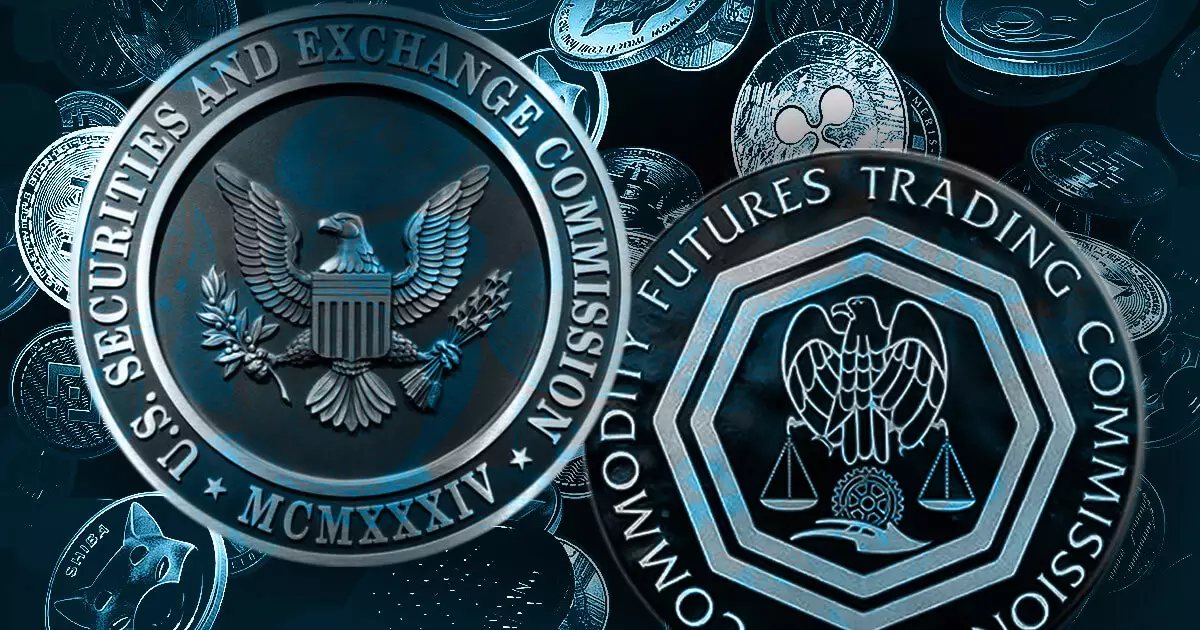The landscape of digital asset regulation in the United States is poised for transformation as the US Securities and Exchange Commission (SEC) and the Commodity Futures Trading Commission (CFTC) contemplate a collaborative approach. This potential partnership signals a departure from a fragmented regulatory environment towards a more unified system, especially critical in the rapidly evolving realm of cryptocurrencies and blockchain technologies. The impetus for this joint initiative appears to be a response to the increasing complexity and interconnectedness of digital financial markets that necessitate a shared regulatory framework.
Central to this initiative is the possible revival of the CFTC-SEC Joint Advisory Committee (JAC). Originally established in 2010, the JAC aimed to tackle overlapping regulatory concerns and enhance communication between the two agencies. However, its functionality waned after 2014 due to shifts in leadership and priorities. The committee’s reinstatement could herald a more proactive stance towards identifying and addressing emerging risks in the digital asset space. The need for cohesive regulatory guidance appears more pressing than ever, especially as market participants navigate the nuanced legal landscape surrounding digital currencies and tokens.
Recent developments indicate a notable shift in regulatory philosophy among both agencies. The acting CFTC Chair Caroline Pham has expressed strong support for the JAC’s revival, perceiving it as essential for clarifying jurisdictional ambiguities that often complicate asset classification and regulatory enforcement. This repositioning comes at a time when both regulators have shown a willingness to engage in more constructive dialogue within the cryptocurrency sector. This contrasts sharply with the previous enforcement-focused strategies advocated under former SEC Chair Gary Gensler, which often stifled innovation due to a lack of clear regulatory guidance.
Collaborative Efforts and Practical Developments
In recent months, both agencies have undertaken initiatives that indicate a commitment not only to regulation but also to the growth of the digital asset market. For instance, the CFTC has implemented a pilot program aimed at integrating tokenized non-cash collateral, like stablecoins, into the derivatives markets, prompting essential discussions around their utility and regulation. Moreover, the SEC’s newly formed Crypto Task Force, led by Commissioner Hester Peirce, is an encouraging sign of progress. Peirce has long advocated for transparent regulatory frameworks that would facilitate growth without compromising market integrity.
The Path Forward for Digital Asset Regulation
The potential revitalization of the JAC and the collaborative efforts between the SEC and CFTC can be viewed as a watershed moment for digital asset regulation in the U.S. As these agencies pivot away from heavy-handed enforcement towards a model that emphasizes cooperative regulation and constructive engagement, the hope is to foster a more robust ecosystem that maintains investor protection while encouraging innovation. This evolving regulatory landscape could pave the way for a clearer and more predictable environment, enabling stakeholders—from investors to innovators—to thrive in a more stable and secure market. The emphasis on collaboration may not only resolve existing uncertainties but also facilitate a framework that adapts to the dynamic nature of digital finance.
















Leave a Reply